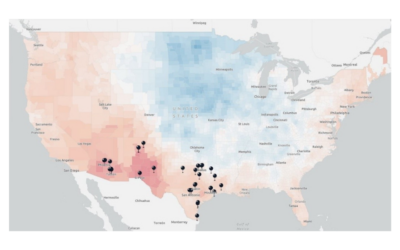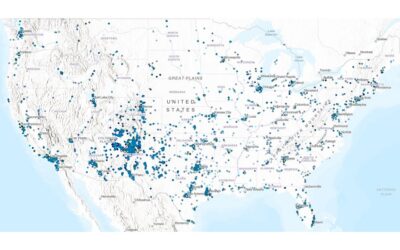‘Utah arts and cultural nonprofits, zoos to get $14.3M in funding from Salt Lake County’
‘Reid Park Zoo Sales Tax Passes’
‘St. Louis County Voters Approve Sales Tax to Fund the Zoo’
Zoos big and small are chasing after these types of headlines. Many of the them are finding success.
One of the areas Zoo Advisors is focused on in 2019 is public funding: that is, the various mechanisms by which zoos (and a few aquariums) receive financial support from public sources, either in the form of taxes, bond issues, or even direct budgetary allocations. We’re researching and will be sharing the details of who is getting what, and how exactly they got it. It’s a long and winding road for your organization to become the beneficiary of new or increased public support, and we’re working to create the path to get you there.
To gain or grow public financial support, you’ll need to win both the hearts of the public who will eventually vote to adopt your cause, and the minds of local politicians and officials whose support you’ll need to gain traction and get over the various legislative hurdles. For today, let’s focus on winning minds.
The first thing to know is that while you might be one of the biggest games in town, you’re still just one voice among many. To win the support of local gatekeepers, you’ll need to make a strong business case for why you’re worthy of support. And to do that, one of your very first steps should be conducting an economic impact study.
The purpose of an economic impact study for your zoo or aquarium is to quantify the jobs and dollars that your organization supports and creates in your community. Zoo Advisors works with a team of economists using state-of-the-art IMPLAN modeling to accomplish this task.
At the end of an economic impact study, you’ll have an independently authored, credible document that lays out:
-
Exactly how much money your organization generates for your community
-
How many jobs it supports
-
The state, local, and federal taxes it generates
-
The specific industrial sectors that are indirectly benefitting from your organization
If you’re making a case for why your zoo or aquarium is worthy of public financial support, this is an essential first step. If your organization has never been asked to demonstrate its value to the community, its only a matter of time. That’s why its so important to get ahead of the game by starting your economic impact program now. Many organizations choose to update it annually, creating a living public document that keeps their value at top-of-mind.
Drop us a line here to learn more about how Zoo Advisors can assist your organization with an economic impact study.





